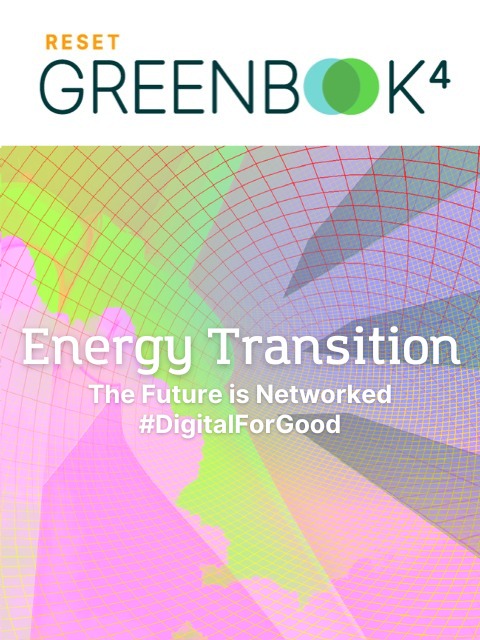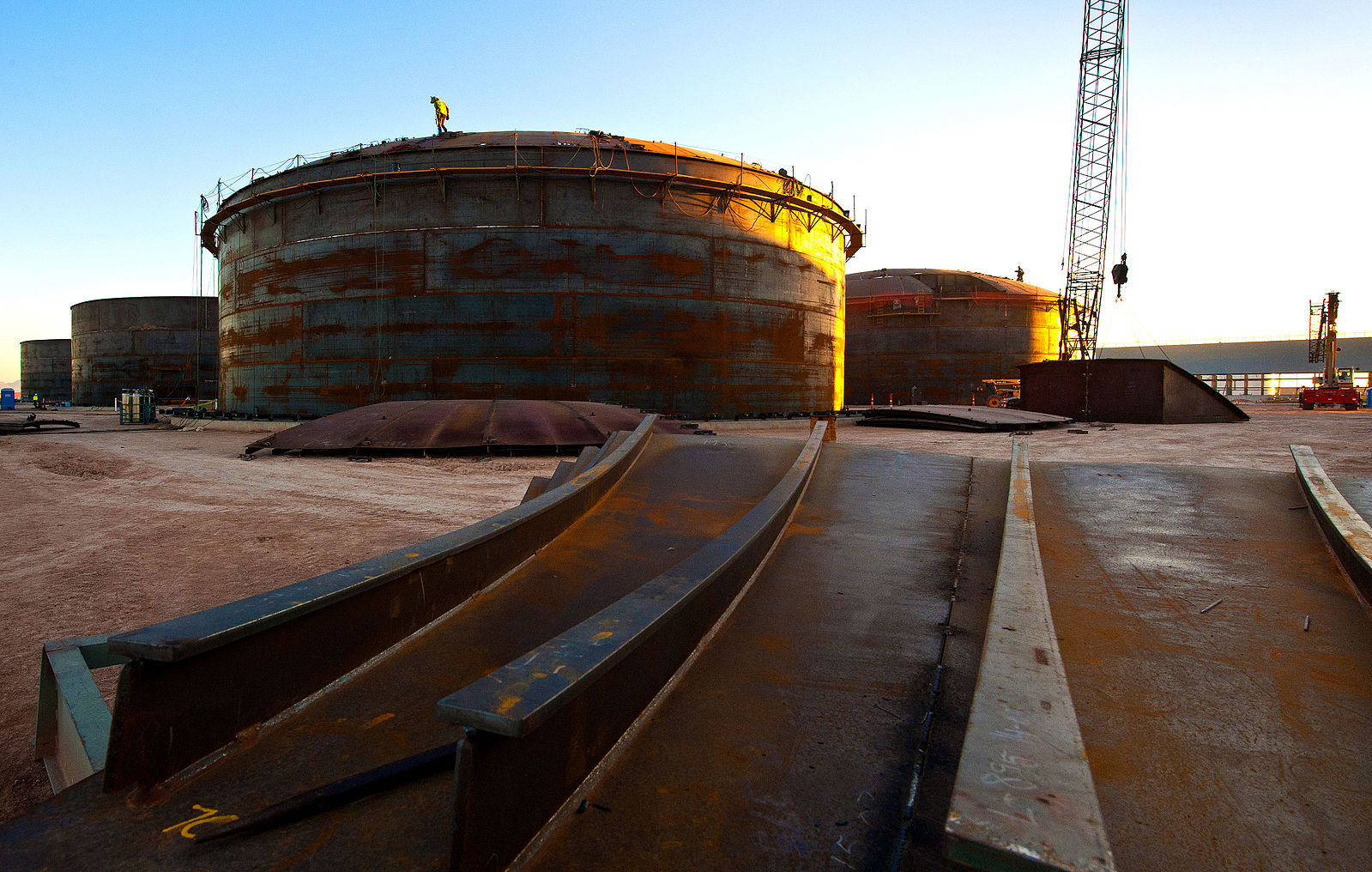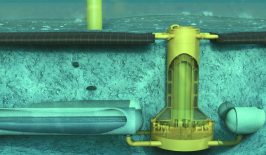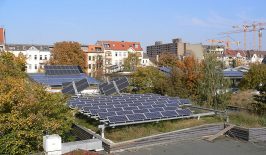Almost every activity that requires energy, from making steel to storing data, produces heat. When that heat isn’t captured or used to create new energy, and is instead released into the atmosphere, it is effectively wasted.
While the heat generated by human, mechanical, or thermal processes is a much smaller contributor to global warming than are greenhouse gases, it nevertheless presents plenty of opportunity as an untapped resource. In fact, the total waste heat potential in the EU alone is estimated to be around 300 terawatt hours/year. That’s more than the United Kingdom’s annual electricity consumption.
From Thermal Energy Storage to Transformation
Before heat can be converted to energy, it first has to be collected whenever it is available so it can be used whenever it is needed. There are many technologies and techniques for thermal energy storage, including underground (boreholes, aquifers, caverns), batteries, water tanks, and packed beds. Energy can even be stored cryogenically and in hot stones. Depending on the method, heat can be stored and used hours, days, or even months later.
Once the heat is prevented from leaking into the atmosphere and is sufficiently contained, so-called waste heat recovery units start the work of energy transformation. Common systems include air preheaters, such as recuperators and regenerators, as well as furnace regenerators, rotary regenerators, heat wheels and run around coil (RAC) systems. Regenerative and recuperative burners, heat pipe and plate heat exchangers, economisers, waste heat boilers and direct electrical conversion devices provide other methods and options.
Sources of Harvestable Waste Heat
Sources of potentially harvestable waste heat are everywhere you look, including heavy heaters like power stations, car engines, data centres, wastewater, oil refineries, and steelmaking plants.
Let’s start with sewage. In 2018, the EU recognised wastewater as a renewable heat source. An extensive report by Trinity College Dublin notes that heat exchangers and heat pumps can be used to recover heat produced from activities like bathing, toilet flushing, laundry, dishwashing, which in Germany alone contain enough energy to heat 2 million homes.
Data centres, meanwhile, represent one of the fastest-growing emitters of waste heat. As it stands, around 40 percent of their electricity is spent on keeping the machines cool. If we can turn wastewater into heating, we can do the same with servers. Facebook has already shown that it can work, sending heat from its data centres to nearly 7,000 homes in Denmark.

The 1.5 degree target is unattainable without a real transformation of our energy system. But how can it succeed? What are the energy sources of the future? What digital solutions are ready and where are innovations needed? And how can the transformation be driven forward?
The RESET Greenbook “Energy Transition – The Future is Networked” presents digital, innovative solutions and sheds light on the background.
In cars, thermoelectric generators and heat pipes can be used to turn the heat produced by combustible engines into electricity and consequently reduce fuel consumption. At oil and gas plants, hot steam can be generated in a waste heat boiler linked to a steam turbine, putting power back into the system. In steelmaking, heat pump technology can be used to convert hot gas and water exhaust to mechanical/electric energy.
Just as the number and variety of sources of waste heat are limitless, so too are the possibilities for energy transformation – using the heat generated by servers to grow algae; generating thermoelectric power from hot industrial pipes; harnessing energy from the cold night sky; and heating homes with warm seawater or from subway tunnels.
ReuseHeat, a project funded by the European Union’s Horizon 2020 Programme for Research and Innovation, recently explored the potential of four of the above mentioned waste heat conversion methods over a four-year period, with demo sites in Berlin, Madrid, Nice, and Brunswick.
The Challenges of Recovering Waste Heat
As with most innovations in sustainability, the technical feasibility and economic viability of many heat-to-energy methods still need to be evaluated over the long-term. It is clear that using the heat produced by your laptop to power the bulb of your desk lamp is an effort probably not worth pursuing. Less clear, for example, is whether the low-temperature heat recovered from underground metro tunnels, as ReuseHeat explored in Berlin, can supply adjacent buildings with a worthwhile amount of energy. Currently, the biggest technological challenge is to pull energy from the lukewarm end of the spectrum of waste heat. As a report from the Yale School of Environment notes, “More than 60 percent of global waste heat is under the boiling point of water, and the cooler it is, the harder it is to pull usable energy from it.”
Further challenges arise in transporting heat from its source to where it can find utility, developing materials with higher conversion efficiency, designing and integrating the necessary subsystems, and the fact that fossil fuels remain relatively cheap, thereby reducing the economic incentive to reuse waste heat.
Finally, the topic of waste heat conversion simply isn’t yet top of the mind. Take cryptocurrency mining, for example. While it is clear now that crypto mining should be driven by renewable energy, there is far less consideration for how to manage all the heat such activity releases into the void. It is also worth noting the immense challenge of reinventing more traditional, energy-intensive industries like cement, aluminium, glass, and steel. The adoption and optimisation of waste heat innovations is therefore congruent with how strongly we value and transition toward a circular economy on the whole, where priority is given not only to the ways in which we produce energy in the first place but also how to give it a second life. The incentive is certainly strong – by 2028, the waste heat recovery market is expected to be worth 114.67 billion USD.










